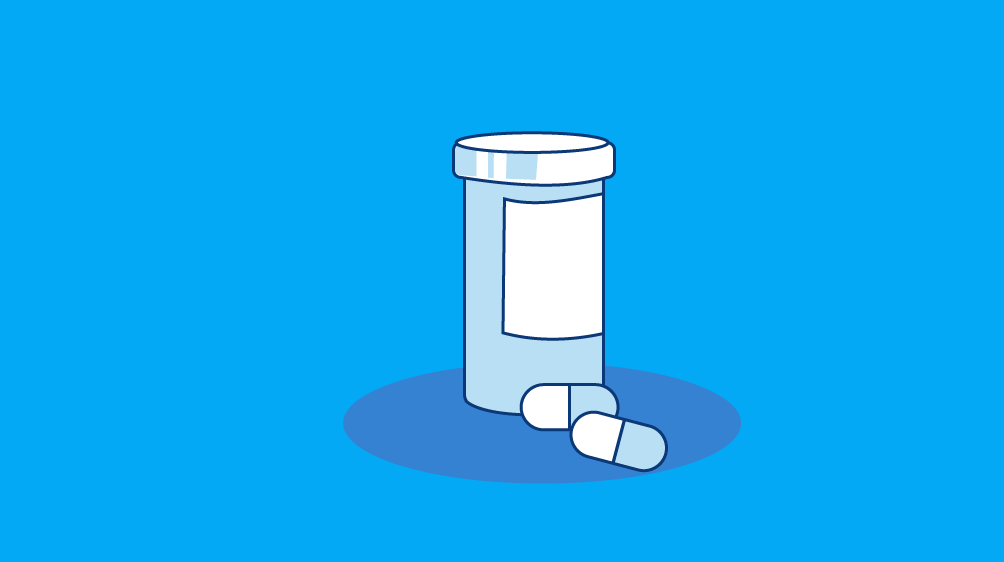The entire healthcare industry has recognized the vast safety improvements and time-saving measures offered by electronic prescriptions. The federal government declares that “e-Prescribing is more convenient, cheaper, and safer for doctors, pharmacies, and patients.” Here are seven key ways in which this long-overdue technological upgrade is improving health care across the nation.
1. Preventing Prescription Fulfillment Errors
Illegible handwriting by some providers has led to predictable errors by pharmacists who misread a hasty scrawl. A study in the research journal Perspectives in Health Information Management states, “Medication errors have been reduced to as little as a seventh of their previous level, and cost savings due to improved patient outcomes and decreased patient visits are estimated to be between $140 billion and $240 billion over 10 years for practices that implement e-prescribing.”
2. Speeding up the Medication Reconciliation Process
When multiple providers treat an individual patient, e-prescribing is the only reliable way to keep the person’s medication record up to date. Without eRx, clinicians have to rely on a patient’s own report of the medications they are taking (or are supposed to be taking). Electronic prescriptions, by contrast, are automatically entered into the patient’s EHR (electronic health record).
3. Providing a Safety Backup
With eRx, physicians receive instant alerts, informing them of any drug allergies that the patient may have. They are also automatically informed of potentially hazardous drug interactions. This alert system provides physical safety to patients and legal security to busy providers, who may not have all pharmaceutical incompatibilities in the front of their minds.
4. Verifying Prescription Fulfillment
Electronic prescriptions allow physicians to track if and when patients actually receive their medication. One frequent reason that patients don’t fill prescriptions is that a particular drug is not included in their health insurer’s formulary. E-Rx prevents these formulary errors by letting providers know at the time of prescribing exactly which brand-name medications are covered under each patient’s policy.
5. Preventing Lost Prescriptions
People experiencing stress and health problems aren’t always good at keeping track of small slips of paper. Too often, a provider hands several pieces of paper to a patient and one of them goes missing in the car, pocket or backpack. Electronic transmission eliminates this very simple (but very common) disruption of health care.
6. Monitoring Controlled Substances
Electronic prescribing is a valuable tool in fighting today's opioid epidemic. It allows physicians to track an individual’s prescription history, preventing the person from going from one provider to another. Six states currently require that all controlled substances be prescribed electronically, and a bill is on the U.S. legislative calendar that would mandate e-prescribing nationwide for all Medicare Part D prescriptions of opioids. The title of this bill is “Every Prescription Conveyed Securely Act.”
7. Helping Pharmacists Fill Prescriptions Faster
E-prescribing saves time for everyone in the process. Patients no longer have to hand a slip of paper to the pharmacist and then wait around for their number to be called. Pharmacists no longer have to try to reach busy physicians to ask them to decode an illegible scribble. Physicians can refill electronic prescriptions in a matter of seconds, without having to get on the phone with either the pharmacy or the patient.
Almost half of the prescriptions aren’t taken as prescribed. In the words of former U.S. Surgeon General C. Everett Koop, MD: “Drugs don’t work in patients who don’t take them. A future with eRx is a brighter future for patients, pharmacists, and providers.”



